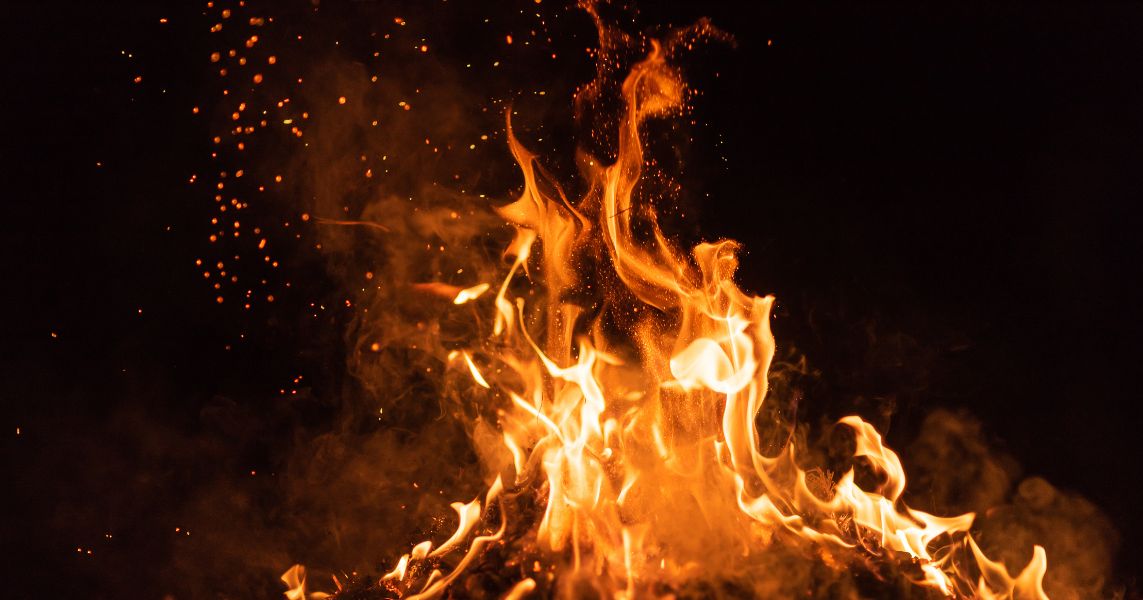
Understanding fire rating classifications is essential to constructing buildings that adhere to stringent safety standards. Fire rating classifications are a critical component of building design and construction. Check out a quick guide to fire rating classifications to ensure you know how much protection your building materials have in the presence of intense heat, flame, and smoke.
Understanding the Fire Rating System
Fire rating classifications are a system that defines the resistance of structures or materials to fire and heat. These ratings provide a standard measure of the amount of time a material or assembly can withstand exposure to fire before it begins to fail. Such classifications are crucial for public safety, as they inform the design of emergency evacuation plans and equipment.
The fire ratings of materials, such as floors, walls, and ceilings, significantly influence design choices. Materials with higher fire ratings are common in high-occupancy areas, emergency exits, and buildings with a larger number of occupants. Fire ratings also apply to structural features, like columns and beams. Thicker, more resilient materials and systems are ideal to protect these components, ensuring they can support the building during a fire.
Defining Fire Rating Classifications
The most commonly used fire rating classifications are A, B, and C. A-Class indicates excellent fire resistance, often requiring up to two hours of exposure before failure.
Class B materials have a slightly lower duration because, while Class A materials have a flame spread rating between 0 and 25, Class B materials have an FSR between 26 and 75. C-Class materials will provide only minutes of protection, representing a lower quality form of protection, and can earn a flame spread rating anywhere between 76 and 200.
These ratings don’t just apply to raw materials but also refer to the protective coatings on building materials. For example, our fire coating for spray foam is a part of our Class A range of products that help builders and contractors add additional flame protection to structural components.
Determining Fire Ratings
The determination of fire ratings involves extensive testing according to specific standards. Materials and structures undergo exposure to high heat and flame to simulate real-world fire conditions. You must consider factors like flame spread, smoke generation, and the integrity of the material.
Before you choose any building materials, you should know what their fire ratings are and whether you need to apply additional coatings to those materials. From the NFPA (National Fire Protection Association) to the ASTM (American Society for Testing and Materials), manufacturers lean on many different standards and tests to create safe materials.
Types of testing that determine a material’s flame resistance include NFPA 252, ASTM E-84, ASTM E-119, and more. This extensive range of testing makes it easier for builders to find materials that meet the fire safety standards of local and international building codes. Use this quick guide to fire rating classifications to complete your project with the right level of fire safety.
